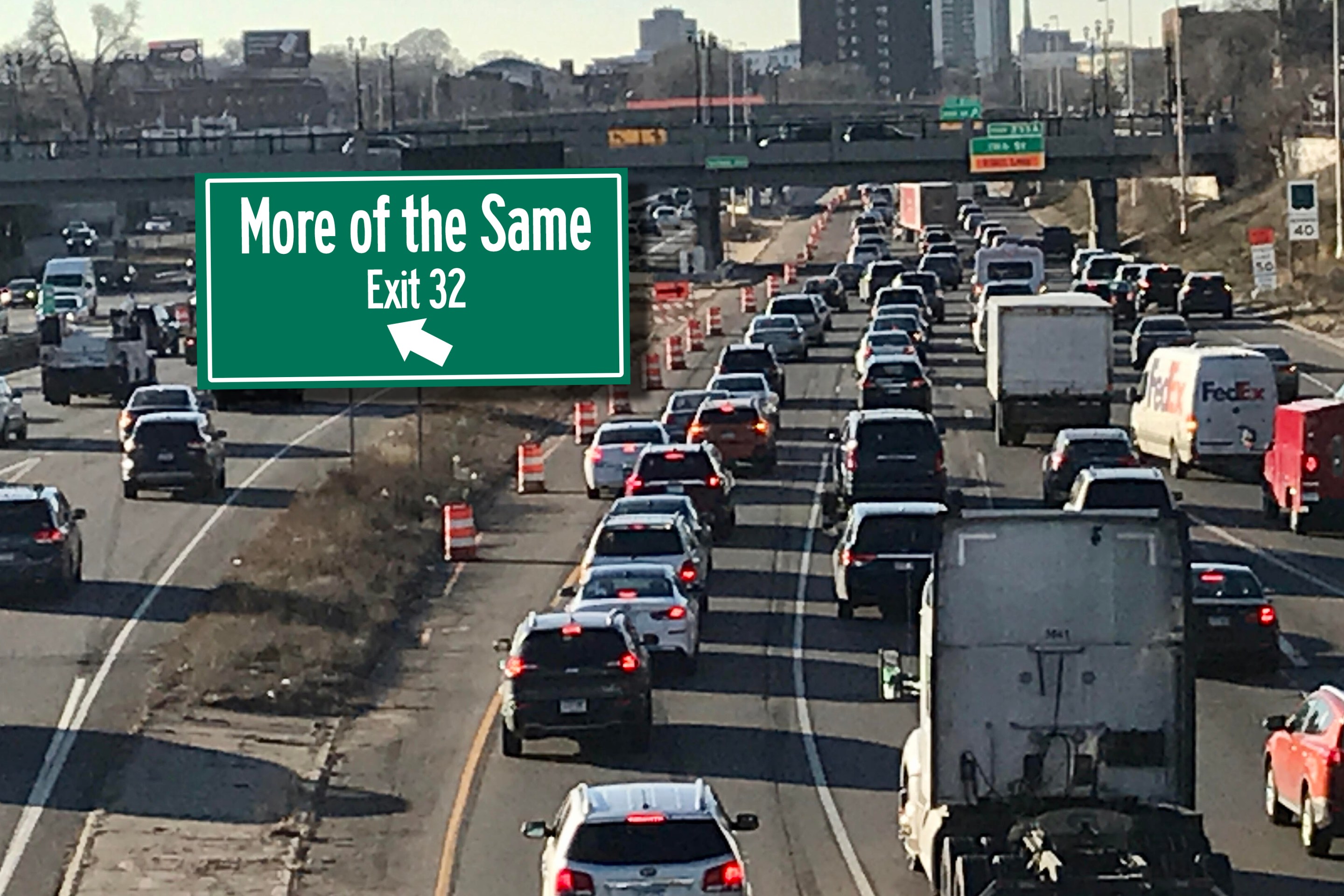Today brought news of two grim transportation numbers from the Obama administration: 2 and $53 million.
 Atlanta's Metro won a share of the emissions-cutting transit grants that the White House proposes to cut next year. (Photo: Atlanta Metblogs)
Atlanta's Metro won a share of the emissions-cutting transit grants that the White House proposes to cut next year. (Photo: Atlanta Metblogs)The first figure is the percentage of federal transport stimulus contracts that have gone to disadvantaged and minority-owned businesses, according to the U.S. DOT. The 2-percent figure was released this afternoon by the Transportation Equity Network (TEN), which included government emails verifying its data.
In real dollar terms, that 2 percent comes out to $986 million of the stimulus law's $48 billion in total transportation spending. The low total for disadvantaged and minority firms, known by the shorthand of DBEs, comes five months after Transportation Secretary Ray LaHood announced a $20 million bonding program aimed at helping less well-connected companies compete for federal business.
"This number is absolutely shocking," TEN executive director Laura Barrett said in a statement. "Secretary LaHood is
encouraging state DOTs to increase allocations to minority and disadvantaged
contractors, but this number proves that encouragement is not enough. The old
boys network that locks out minority contractors was built on the state and
local level, and it needs to be fought at that level to reverse this outrageous
inequity."
Anecdotal reports of minority contractors getting shortchanged by transportation stimulus spending have emerged in Illinois, Minnesota, and California, among other states. The 2005 federal transportation law states that at least 10 percent of federal roads and transit spending should be routed through DBEs, unless the Transport Secretary determines otherwise.
The second not-so-great transportation number, $53 million, reflects the total spending on pollution-reducing transit grants that the White House included in its budget proposal for fiscal year 2011.
The administration hopes to steer nearly 10 times that amount, or nearly $530 million, to its new three-agency partnership for sustainable communities. Still, the Environmental and Energy Study Institute (EESI) pulled out the $53 million number today to note that the White House had proposed $22 million more for the same type of transit grants last year (and ended up spending $100 million).
From the EESI's budget statement (emphasis theirs):
A focus on livability is expected to have benefits for air quality,public health, energy savings, and greenhouse gas (GHG) reduction. Therest of the proposed budget, however, represents very little change inhow these issues and public goals are addressed. A special fund to helpreduce GHG emissions within FTA, in fact, saw a significant decrease from $75 million to $53 million.





